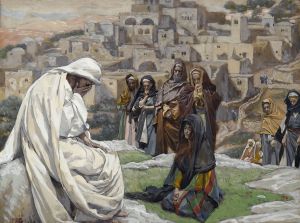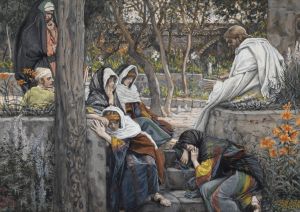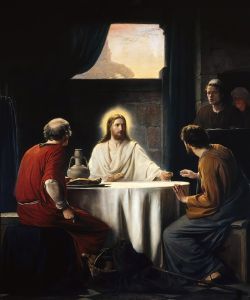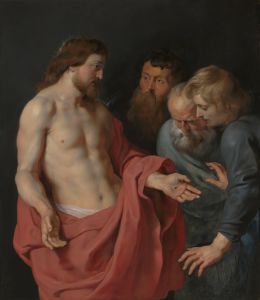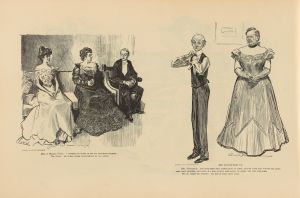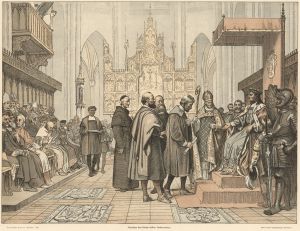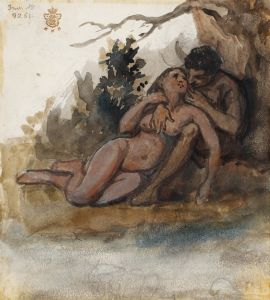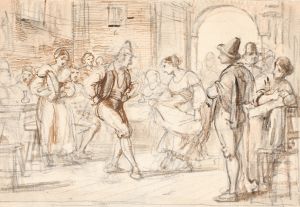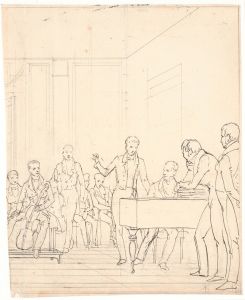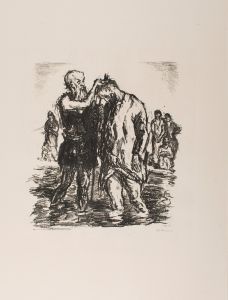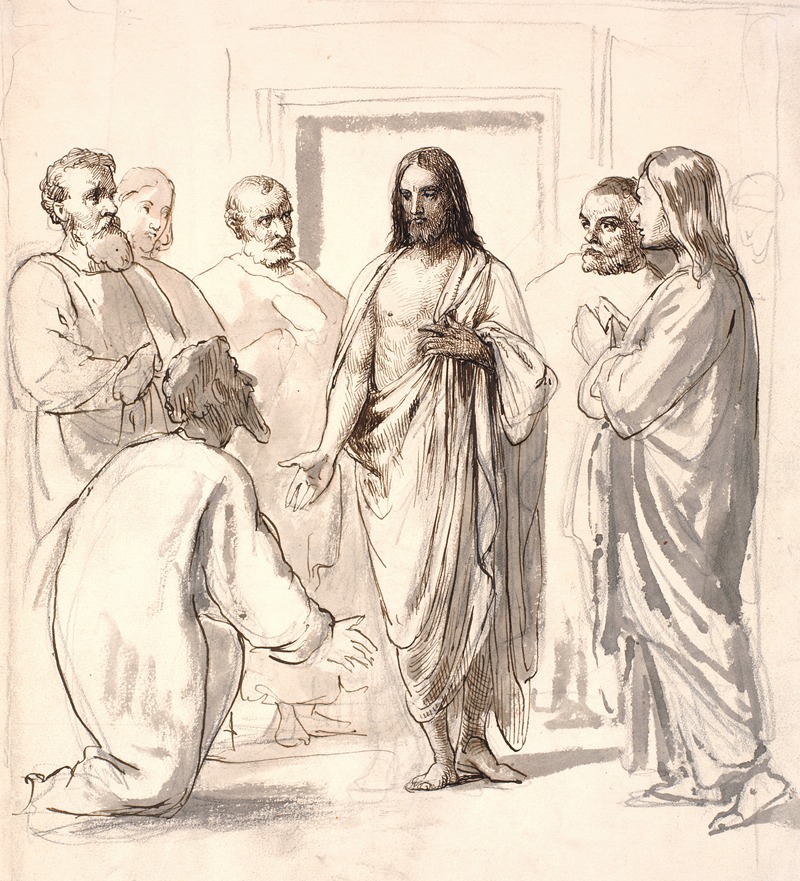
Christ and the doubting Thomas
A hand-painted replica of Wilhelm Marstrand’s masterpiece Christ and the doubting Thomas, meticulously crafted by professional artists to capture the true essence of the original. Each piece is created with museum-quality canvas and rare mineral pigments, carefully painted by experienced artists with delicate brushstrokes and rich, layered colors to perfectly recreate the texture of the original artwork. Unlike machine-printed reproductions, this hand-painted version brings the painting to life, infused with the artist’s emotions and skill in every stroke. Whether for personal collection or home decoration, it instantly elevates the artistic atmosphere of any space.
Wilhelm Marstrand's painting Christ and the Doubting Thomas is a work by the Danish artist Wilhelm Marstrand (1810–1873), a prominent figure in the Danish Golden Age of art. The painting depicts the biblical scene described in the Gospel of John (John 20:24–29), where the apostle Thomas, often referred to as "Doubting Thomas," expresses skepticism about Jesus' resurrection until he can see and touch the wounds of the risen Christ. This moment is a significant event in Christian theology, symbolizing faith and belief in the absence of physical proof.
Marstrand was known for his versatility as an artist, excelling in both genre painting and historical or religious themes. His works often reflect a deep understanding of human emotion and interaction, and Christ and the Doubting Thomas is no exception. The painting captures the dramatic and intimate moment when Christ invites Thomas to touch his wounds, addressing his doubt with compassion and understanding. The composition emphasizes the emotional tension of the scene, with Thomas portrayed in a posture of awe and humility as he reaches out to Christ.
Marstrand's approach to religious subjects was influenced by his academic training at the Royal Danish Academy of Fine Arts and his exposure to Italian Renaissance art during his travels in Italy. His ability to combine realism with a sense of spiritual transcendence is evident in this work. The use of light and shadow in the painting highlights the central figures, drawing the viewer's attention to the interaction between Christ and Thomas.
While Marstrand is better known for his genre scenes and illustrations, his religious paintings, including Christ and the Doubting Thomas, demonstrate his skill in conveying profound narratives through art. This painting is an example of his ability to balance technical precision with emotional depth, making it a notable contribution to 19th-century Danish religious art.
The exact date of the painting's creation and its current location are not widely documented in available sources. However, Marstrand's body of work remains an important part of Denmark's artistic heritage, and his interpretation of this biblical story continues to be appreciated for its artistic and spiritual significance.





